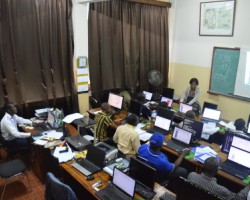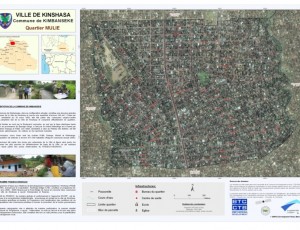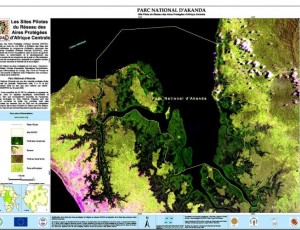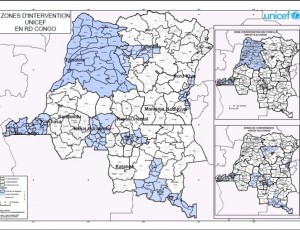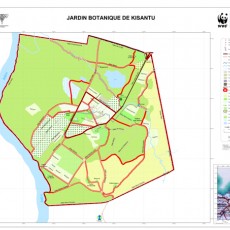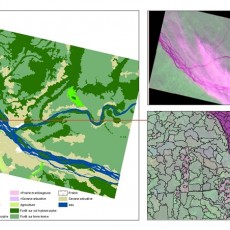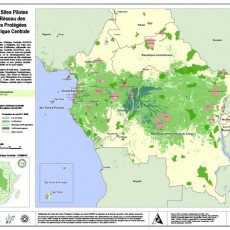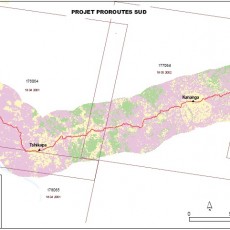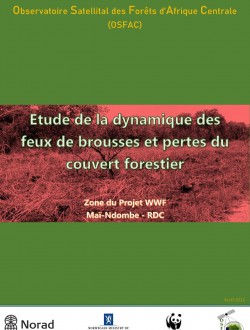In practice, the World Wildlife Fund (WWF) has been working in the DRC for several years to halt environmental degradation worldwide and build a future where human beings can live in harmony with nature.
It is with this in mind that it is supporting the DRC government in this REDD process not only at national level, but also in the implementation of a green initiative at jurisdictional (provincial) level, including the province of Maï-Ndombe.
Through the payment for environmental services mechanism, these projects contribute to the restoration of forest landscapes while improving community incomes in areas of high biodiversity importance but subject to heavy deforestation. Activities to restore forest cover through agroforestry, reforestation and savannah fencing have been carried out with the active participation of local communities and indigenous peoples structured into CLDs (Communauté Locale de Développement) in the Kutu, Inongo, Mushi, Bolobo, Yumbi and Kwamouth territories in the Maï-Ndombe province.
Unfortunately, these forest cover restoration initiatives are located in areas at high risk of deforestation, so we can confirm the change in community behavior with a 5-year project accompaniment to guarantee the protection of these initiatives by the communities.
It is in this context that the Observatoire Satellital des Forêts d'Afrique Centrale (OSFAC) has been retained by WWF to carry out a spatio-temporal study of the status of these initiatives.
Study objectives
The objective of the mission is to carry out a spatio-temporal analysis of the restoration initiatives carried out in the Maï-Ndombe in order to assess their status and make projections.
Specific objectives
- Quantify forest cover losses and/or gains in project areas before, during and after the projects;
- Make an analysis of the dynamics of bushfire activity in these areas (distribution of fire points, areas burned);
- Determine the carbon stock sequestered and lost in burned areas, as well as other losses;
- Create a geospatial database containing the data, maps and results of this study.
Rapport
<ul>
<li><a href="/images/projects/wwf/Rapport_Mai-ndombe_WWF_vick_work_260421FV.pdf" target="_blank" rel="noopener noreferrer">Download the report (FR)</a> (5.77 MB, PDF)</li>
</ul>




